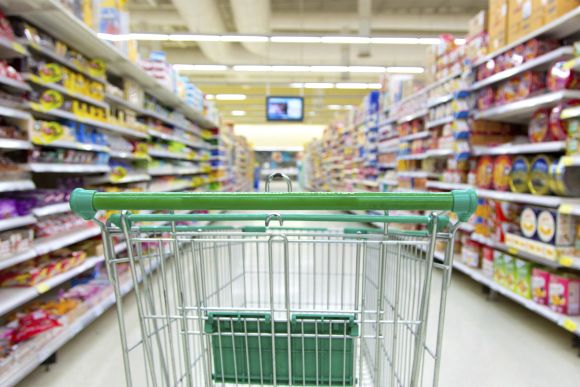The demand for customer analytics has never been higher for retailers across every industry. Decision makers are focusing conversations on how they can turn big data into answers in order to improve the bottom line and enhance the customer experience.
The Haves and Have Not’s
We live in a day and age where customer data gives retailers a competitive edge and serves as the foundation for greater efficiency, expansion and business development.
Yet, retailers are not competing on a level playing field.
The majority of retailers, at least 60%, don’t have data or have unreliable data and are then forced to challenge those who do.
This causes an unfair advantage and prohibits those who don’t have data from answering the most basic of questions about their customers.
So You Have a Data Problem
However, the retailers who don’t collect customer data aren’t the only ones who have a data problem.
Among the retailers who do have customer data, 98% of them believe that their customer data is at least partially inaccurate due to input errors, duplicate and fragmented data. To that end, the average company’s data is only 55% accurate and more than 14 months old, making it essentially useless.
With unreliable customer data, it’s impossible to get a true picture of who your customers are.
The absent information skews the customer profile, resulting in poor use of analytic solutions, lost opportunities, lost customers and adding unnecessary costs – effectively costing U.S. businesses $700 billion a year.
The bottom line is that the best retail analytics are based on who the customer is – using the purest data.
Feeling Left in the Dust?
Breathe. We can help.
Buxton has enhanced its customer analytics solutions by working with one of the biggest credit card companies in the world, so retailers are no longer limited by either not having data or not having usable data.
This partnership lets us accurately grab and leverage our partner's aggregated and zip+4 de-identified data to provide solutions to retailers that traditionally don’t have access to or collect customer data. The credit card spend data provides ample customer and transaction information at the store level for each available location, giving us the ability to generate a customer database that directly hones in on a retailer’s customers.
Once their customers have been identified, we can build a customer profile that determines:
- Who your best customers are: these are the people, who come to a location the most and spend the most when they are there, making them vital to your organizations health and growth. This profile provides valuable insights into the lifestyles and purchasing behaviors of these customers.
- Where more of your customers can be found: by defining who the core customer is, we can find where more customers just like them are located, allowing operators to focus their efforts and directly target them – maximizing ROI.
- The value of your customer: based on the customer profile we can define the drive-time trade area around each network location, allowing us to score, rank, classify and quantify the dollar potential of a retailer’s customers, resulting in the ability to prioritize efforts and understand opportunity.
Because customers shop by convenience and think in terms of time and not distance, the drive-time trade area identifies how far (in minutes) customers are willing to drive to a particular retail location – taking into account speed limits, road classifications, length of road, time of day, as well as other factors.
The drive-time trade area allows retailers to understand where their customers are coming from and defines the geographic areas which heavily influence each location’s performance.
Once the drive-time trade areas and profiles are complete, and other variables such as competition and co-tenancy are accounted for, a predictive model is built.
In addition, the model can then provide a refined forecast of performance for any existing or potential locations. Retailers can then identify performance gaps in existing networks and score all existing locations.
These scores can be compared to the actual performance of each location and expose locations with unmet potential as well as locations with no additional upside and understand why the locations perform the way they do. (Read more on how a predictive real estate model can help your marketing team here).
Optimize Expansion Potential
For companies looking for new sites for expansion, this report can compare and pinpoint the most promising locations, based upon an analysis of demographics, psychographics, market saturation, travel patterns and the overall competitive landscape.
The application of this model will also position retailers to:
- Make more informed decisions regarding upcoming lease renewals
- Understand U.S. market potential by showing the total number of supportable locations by market across the entire U.S.
- Identify market share trends for each location by daypart and by quarter
- Optimize markets by identifying and improving the performance of under-performing locations not meeting their full potential as well as determining the impact of expansion or contraction scenarios for all network locations
- Launch effective marketing campaigns by looking at the definition of the customer in order to improve communication and better targeted prospecting efforts within store trade areas
- Measure the effectiveness of marketing, operations and real estate strategies at the store level
- Determine the optimal placement for locations in relation to one another and to competitors to maximize revenue and market share
- Having a daypart understanding of customers helps retailers operate their business more efficiently and effectively as well as helps in making critical assessments when putting new stores into any market
The Bottom Line
Having a detailed customer profile is key to any organization and any customer analytic solution. It provides the answers that guide better informed real estate and marketing decisions as well as improving efficiency and customer satisfaction and in turn increasing revenue and decreasing cost.


